It’s time for the third edition of Know Yo Grape!, where we get to grips with the myriad of varieties in our wonderful world of wine. This week we’re zoning in on Pinotage: this is South Africa’s specialty, a crossing of Pinot Noir and Cinsault (called Hermitage in South Africa). Here’s what you need to know about this rather controversial grape that was first crossed in 1925 in the gardens of local scientist Abraham Perold.

Why was ol’ Perold crossing grapes in his garden in the first place? His goal was simple. He wanted to create a wine that was as delightful as Pinot Noir but that grew as well as Cinsault. This was because Pinot Noir is a very temperamental, cool climate grape that’s not always at home in our hot South African soils. His unexpected crossing yielded a very black grape that was high in tannins and mightily bold.

Yet, in a strange irony, Perold’s creation was so productive that local producers started overusing the grapes. During the 1980’s and 1990’s, Pinotage was used to make tons of very low-quality commercial wine who’s inky colour allowed for the wineries to stretch their wine as thin as possible. This quickly tarnished the variety’s reputation as a ‘bad’ wine. To this day, Pinotage is still generally looked down upon in international wine circles. It’s often accused of very pungent and sharp nail polish remover aromas. Happily, for the last 15 years, several local producers have worked tirelessly together to reduce the crop yields and integrate careful winemaking techniques to help give this undervalued variety a second life.


As my time at Fairview develops, I find myself coming home tired and my brain buzzing. I’ve quickly figured out that for me, an ideal comedown from the day’s activities is to play some Billie Holiday, light some Nag Champa incense and to start cooking. Last week, when making a chicken casserole dish taken from Lynn Oberholzer’s new cookbook, ‘Cooking in the Photographer’s House’, I found that my recipe called for a dry red wine. Out came the Pinotage (a 2014 from Alvi’s Drift signature range, straight into my pan … and my glass.
Pinotage tends to offer notes of purple/black fruits, mainly plum and blackberry. However, if you’re lucky enough to get your hands on a really good ‘tage, then try visualise a tweed-clad gentleman taking an afternoon stroll along the Cape mountains – he had duck stir-fried in hoison sauce for a late lunch and is smoking sweet tobacco in his pipe as his ankles brush past the rooibos bushes and crunch the dried leaves beneath his feet. Those are the scents you’re after with that nozzle of yours.
Who?
Pinotage, like a local South African rock star, has bold tannins – but that doesn’t mean there’s no sweet side thanks to the relatively low acidity. It’s often recommended that if you like a Shiraz, then you’ll probably enjoy a glass or two of Pinotage just as much.

Where? Pinotage is South Africa’s signature variety. Due to the variety’s poor reputation, it’s taken some time to gain a more popular following. However, nowadays Pinotage has also been planted quite heavily in New Zealand and Zimbabwe, with other wine growing nations such as Germany, the US, Israel and Brazil are experimenting.
With? If you’re drinking a local grape, why not pair it with some tasty local cuisine like a lekker braai (‘barbeque’ for non-Saffas)? Everything about Pinotage is bold – and so it pairs well with bold food. This deep red wine tinged with spicy notes of tobacco and fruity undertones act as a dreamboat for a hot Malay curry or voluptuous meat dishes South African’s so love.
Let us know about your favourite local Pinotage in the comment section below. We love to sip and share.
Until the next Know Yo Grape!,
Gosia



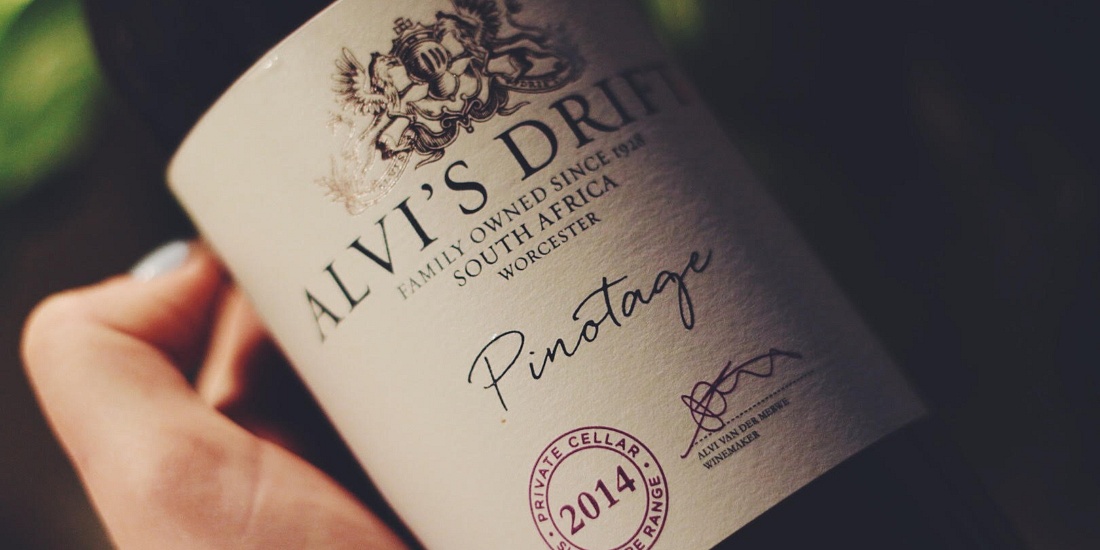
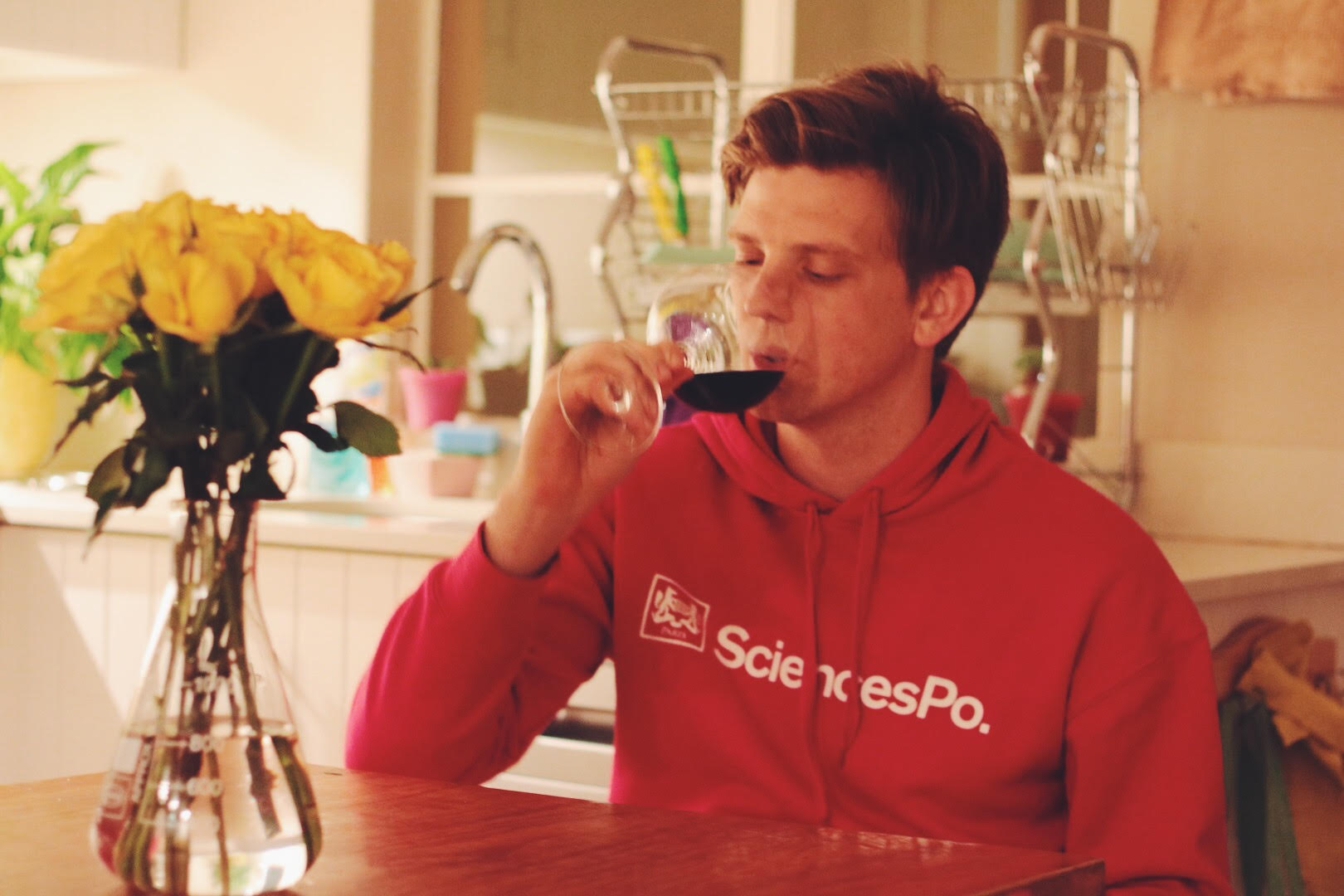

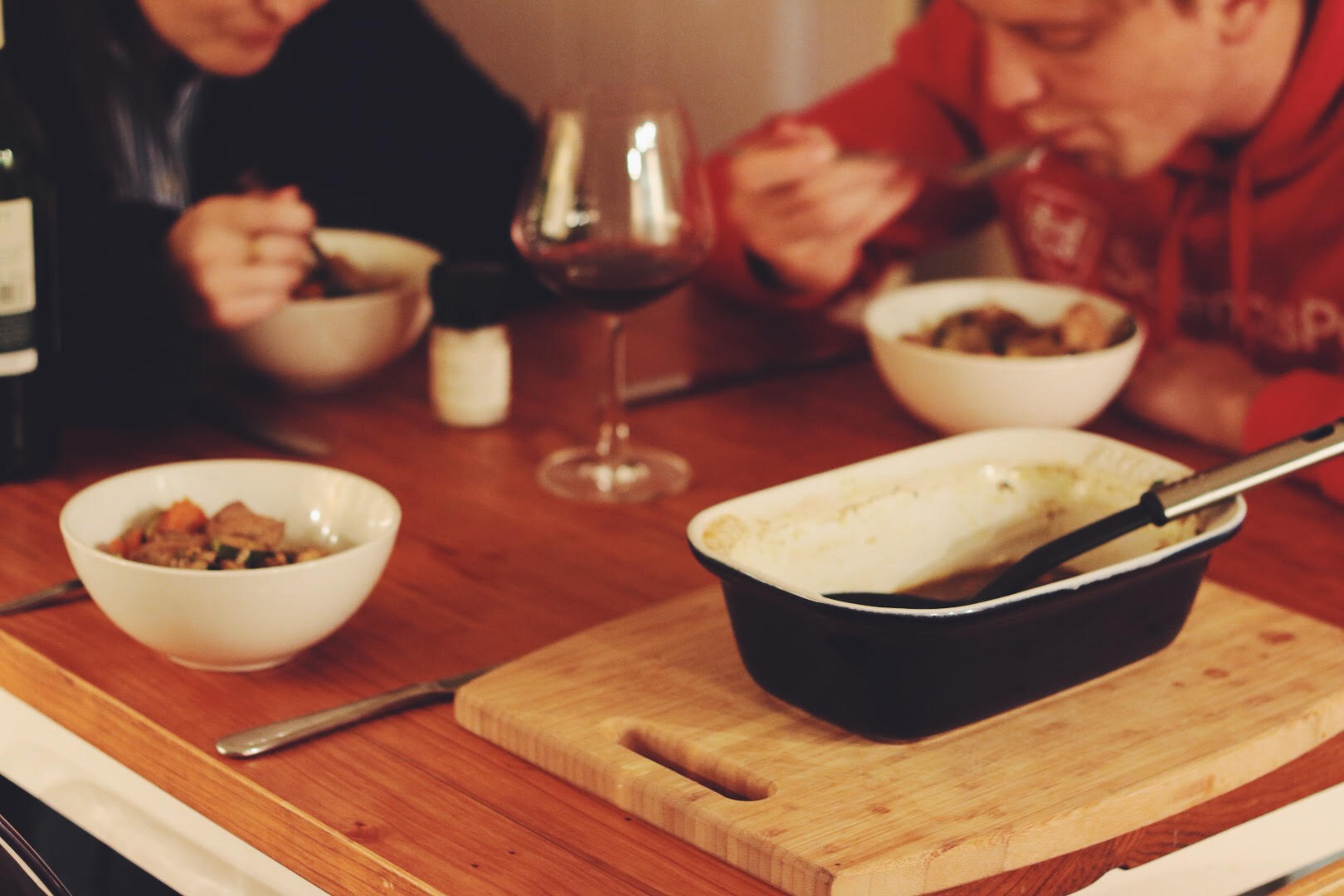


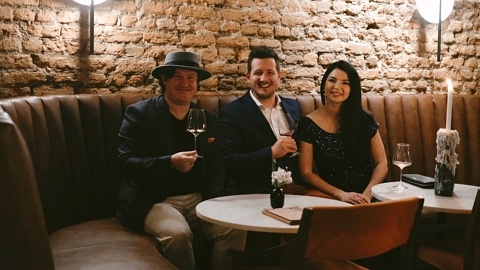




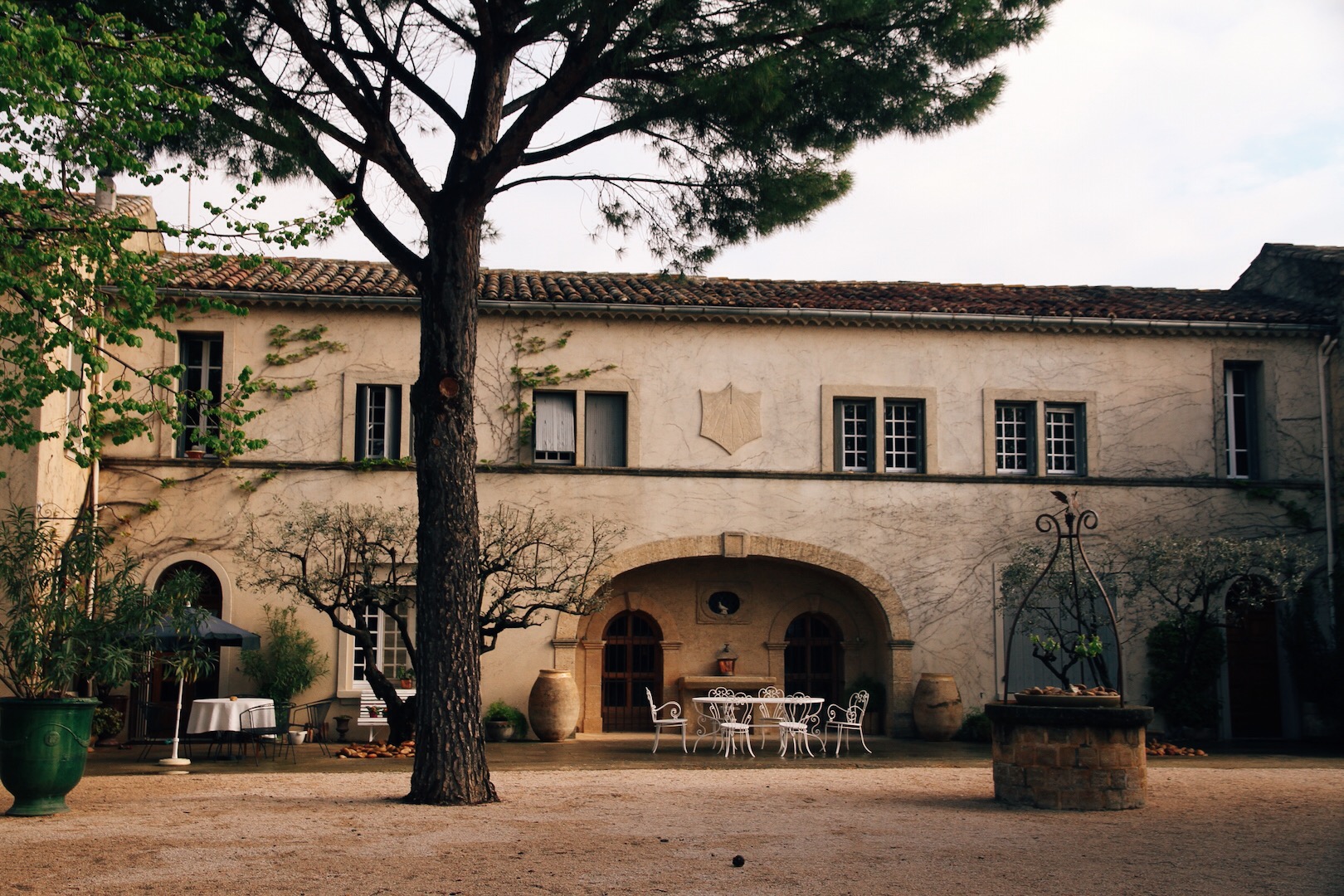



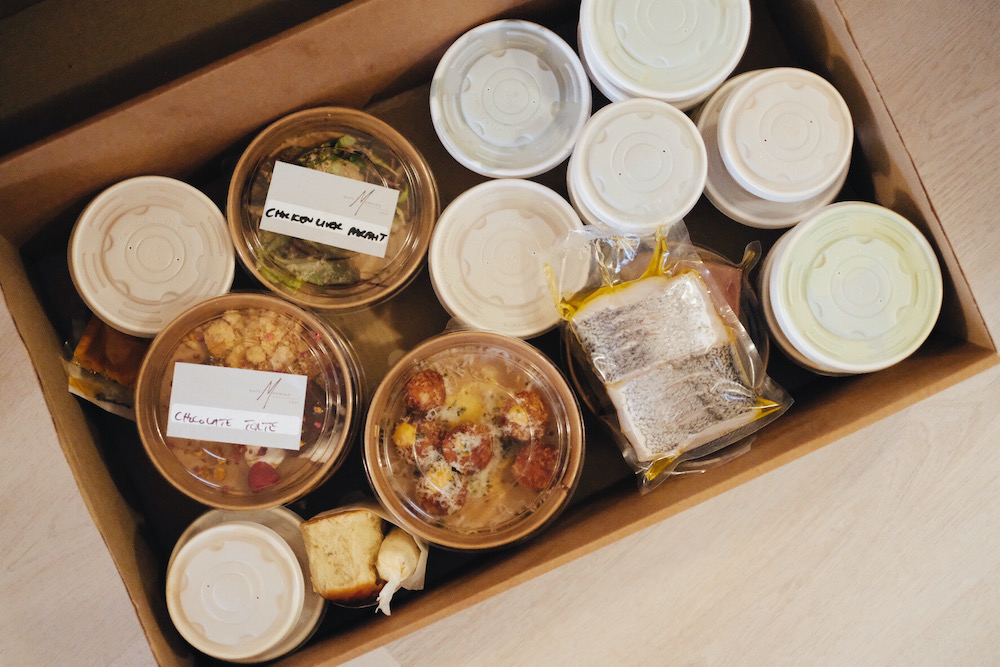
4 Comments